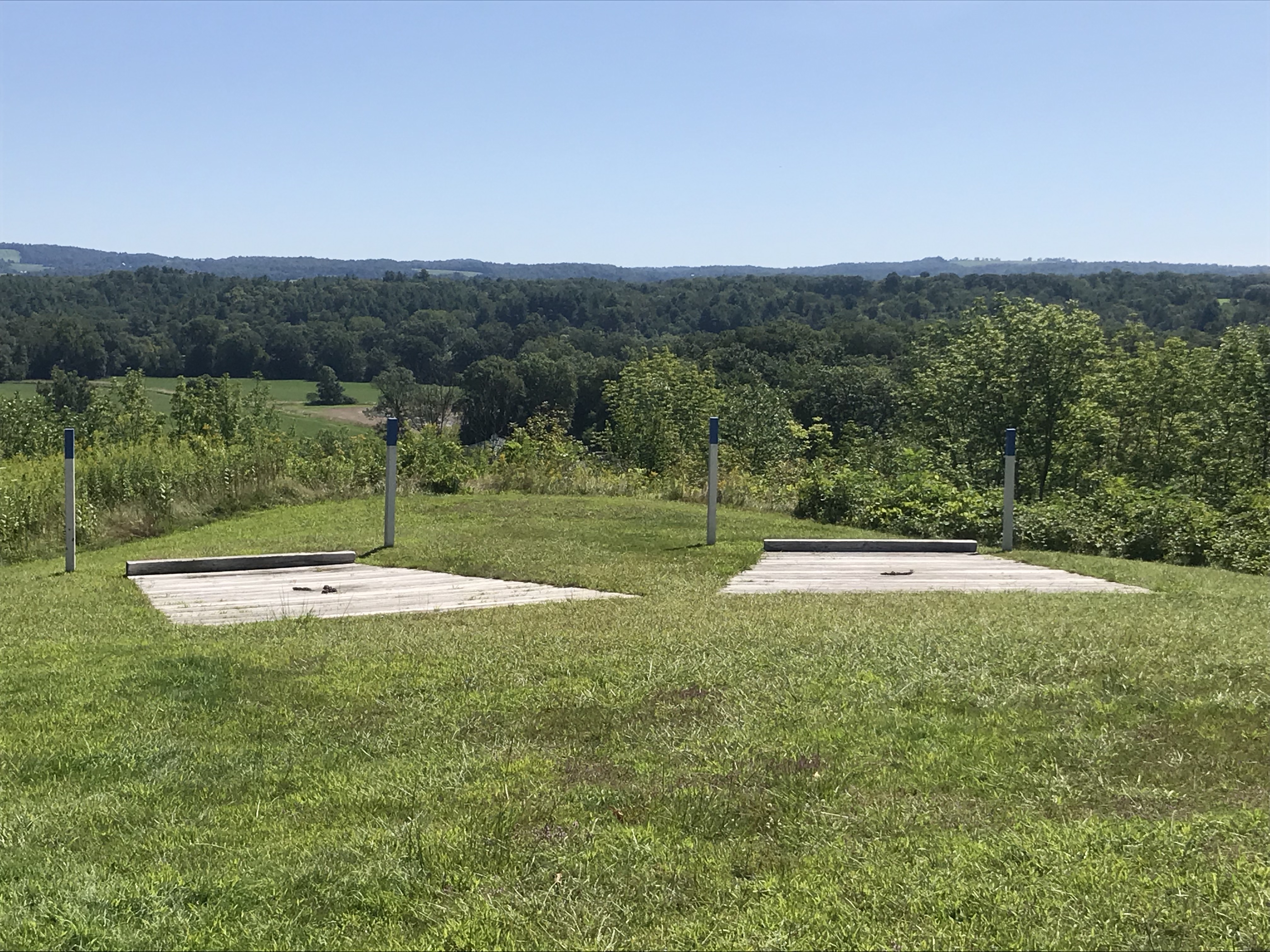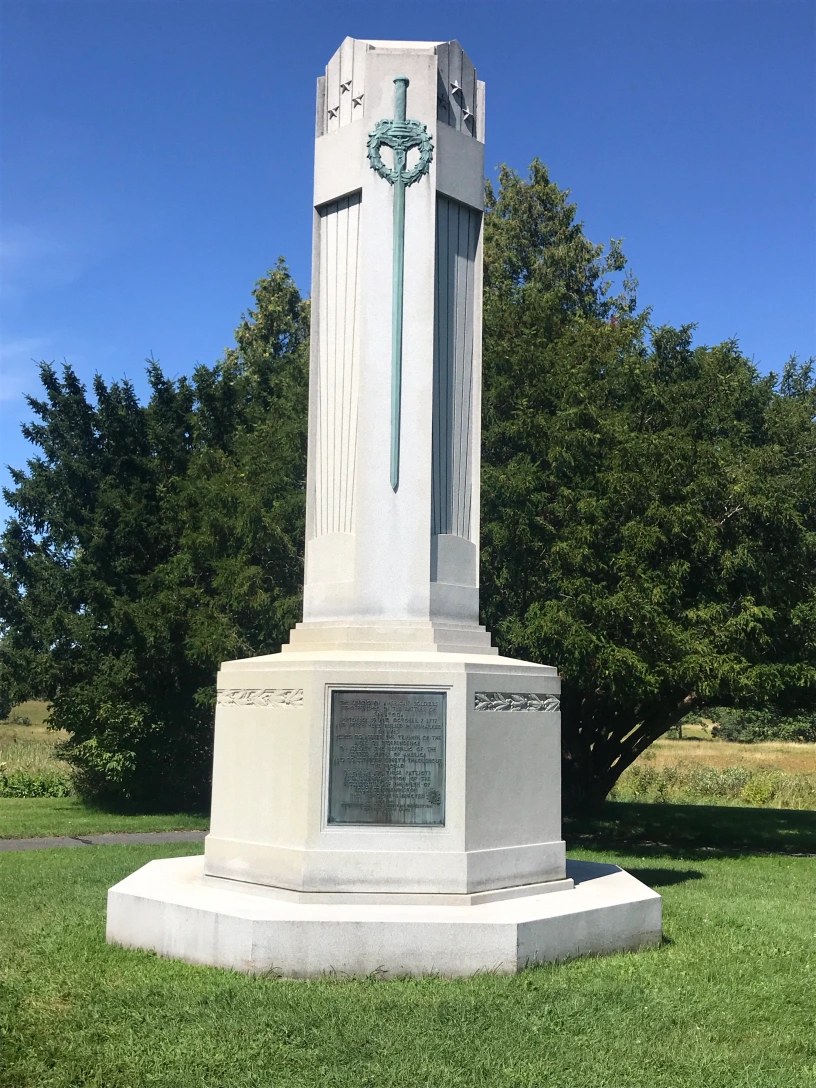Overview
The 1777 Saratoga Campaign was a significant turning point in the American Revolutionary War. The British, under the command of General John Burgoyne, sought to cut off New England from the rest of the colonies by capturing the Hudson River Valley. However, they faced strong resistance from the American forces led by General Horatio Gates and aided by Generals Benedict Arnold and Daniel Morgan. The campaign initiated with a British invasion of the Lake Champlain Valley from Canada with the British easily capturing the much-vaunted Fort Ticonderoga. However, the British invasion as it marched south faced increased American determination while fighting the American rear guard at Hubbardton, Vermont. and losing a one-thousand-soldier foraging force at Bennington, Vermont.
Just south of Saratoga, the main British and American armies waged two significant battles, the Battle of Freeman’s Farm on September 19th and the Battle of Bemis Heights on October 7th. The Battle of Freeman’s Farm, also known as the First Battle of Saratoga, resulted in heavy casualties for both sides but ended inconclusively. It highlighted the resilience and determination of the American soldiers to withstand the British onslaught. Following this battle, Burgoyne decided to halt his advance and regroup. The Battle of Bemis Heights, also known as the Second Battle of Saratoga, was a decisive American victory. Despite his later controversial actions, General Arnold played a crucial role in leading a successful assault against the British lines. Burgoyne’s forces suffered heavy losses and eventually surrendered on October 17th, 1777. The American victory at Saratoga boosted Rebel morale, convinced France to support the American cause openly, and demonstrated that the Continental Army could achieve significant victories against the British.
Diaries and Memoirs
Dearborn, Henry. Revolutionary War Journals of Henry Dearborn 1775-1783. Edited by Lloyd A. Brown and Howard H. Peckham. Chicago: The Caxton Club, 1939.
A New Hampshire officer, Dearborn participated in many campaigns including Saratoga. His journal concise and matter of fact, but a good overview source for dates and events.
Pausch, Georg. Journal of Captain Pausch – Chief of the Hanau Artillery during the Burgoyne Campaign. Edited by William L. Stone. Albany: Joel Munsell, 1886.
Oft neglected, Hessian diaries are good primary sources. While Pausch, provides more details on the events, leading up to the Saratoga campaign, he provides an eyewitness account of what it was like to be an officer on the Burgoyne invasion.
Rankin, Hugh F., ed. Narratives of the American Revolution – As Told by a Young Sailor, a Homesick Surgeon, a French Volunteer, and a German General’s Wife. The Lakeside Classics 75. Chicago: R. R. Donnelley & Sons Company, 1976.
Contained in this volume is the diary of Baroness von Riedesel, wife of the commander of German forces under General Burgoyne. Her accounts of tending to the wounded and her family under the guns of Patriot forces are heroic, poignant, and riveting.
Other Primary Sources
Burgoyne, John, and Douglas Cubbison. Burgoyne and the Saratoga Campaign: His Papers. Norman, Oklahoma: The Arthur H. Clark Company, an imprint of the University of Oklahoma Press, 2012.
Maps
Barker, Thomas M., and Paul R. Huey. “The 1776-1777 Northern Campaigns of the American War for Independence and Their Sequel: Contemporary Maps of Mainly German Origin.” Fleischmanns, NY : Vergennes, VT: Purple Mountain Press ; The Lake Champlain Maritime Museum, 2010.
Secondary Sources
Brandow, John Henry. The Story of Old Saratoga and History of Schuylerville. Saratoga Springs, NY: Robson & Adee, 1906.
Elting, John Robert. The Battles of Saratoga. Philip Freneau Bicentennial Series on the American Revolution. Monmouth Beach, N.J: Philip Freneau Press, 1977.

Ketchum, Richard M. Saratoga: Turning Point of America’s Revolutionary War. New York: Holt paperbacks, 1999.
Luzader, John F. Saratoga: A Military History of the Decisive Campaign of the American Revolution. First paperback edition. New York: Savas Beatie, 2010.

Mintz, Max M. The Generals of Saratoga: John Burgoyne & Horatio Gates. New Haven: Yale University Press, 1990.
Nickerson, Hoffman. The Turning Point of The Revolution or Burgoyne in America. Boston and New York: Houghton Mifflin Company, 1928.
Snow, Dean R. 1777: Tipping Point at Saratoga. New York, NY: Oxford University Press, 2016.

Weddle, Kevin John. The Compleat Victory: The Battle of Saratoga and the American Revolution. Pivotal Moments in American History. New York, NY: Oxford University Press, 2021.
A historian at the Army War College, Kevin Weddle recounts the Saratoga Campaign with a military officer’s eye for strategic considerations and tactical battlefield decisions. As one of the newest books on Saratoga, Weddle debunks many battle account myths and leverages prior research. For example, he characterizes Benedict Arnold’s conduct during the Battle of Valcour Island as disregarding orders and wasting the Continental warships while not achieving any significant gain as purported by the famous naval historian Alfred Thayer Mahan. While utilizing the past work of others, he meticulously prepares new analyses such as a detailed examination of the correspondence and arrival dates of command letters between British North American commanders and their London superiors. Weddle cites faulty British strategy and superior American leadership for the British loss of one of its two armies on the North American continent. If you have time to read only one book on the Saratoga Campaign, I recommend reading The Compleat Victory.
Web Site
The Saratoga town historian operates a website devoted to the history of the battle and the surrounding area. It is a valuable resource for finding both primary sources as well as interesting facts and events.
Views of the Saratoga Battlefield








The British burned this house during their retreat from the Saratoga battlefields. General John Burgoyne surrendered near this site. Maj. Gen. Philip Schuyler rebuilt a new house a few months after the Rebel victory. Reportedly, the new house was constructed in a matter of a few days. Astride the Fish Kill Creek, it served as a headquarters for nearby native American trading posts and milling operations.

Completed in 1883, the 155-foot monument commemorates General Horatio Gates’ victory over the British. The obelesk sits on the site of General Burgoyne’s final camp before he surrendered his entire army.
Trophies of War

